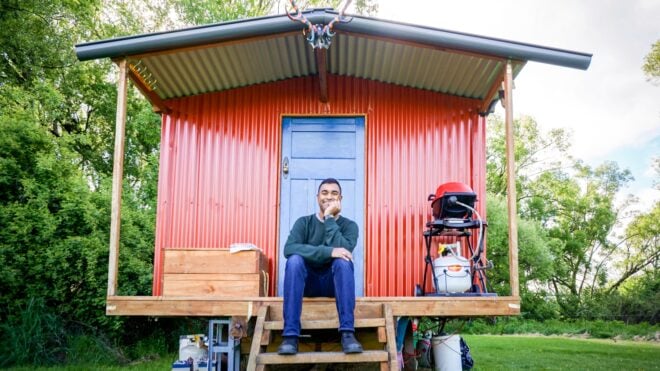
Like so many families in Manhattan, we fled for a suburban rental at the height of spring, both to get a little more space and escape a place brimming with COVID-19 cases. One day, I got an alert that something I ordered was delivered to the wrong house. It was just a couple blocks away. Most people would just walk over, knock on the door, and collect it. Yet that thought filled me with anxiety and even fear.
Why? Because I am a Black woman, and I hadn’t seen one other person of color in that neighborhood the entire month we had lived there. Would they feel threatened by a Black person knocking at their door? Would they call the police? I toyed with the idea of bringing one of my small boys with me – which I figured would make me seem less menacing in some way. Then I thought, what if they have a gun and shot one of us? This may seem ridiculous to the average reader, but these are real fears for Black people.
Like so many others, I hoped for dramatic change in the wake of George Floyd’s death. Rallies worldwide protested both systematic racism and police brutality. People of all races and ethnic backgrounds were engaging in conversations about equality, acknowledging how different the BIPOC (Black, Indigenous people of color) experience is and calling for change. White people, intent on being allies, asked us how they can be better, do better. The support was astounding. Although, I have to wonder, as a Black woman and mother of two Black boys, what that support means to our daily lives. Am I less afraid? Are my children safer? No. At least not yet.
What will it take for the color of our skin to be less scary, less imposing, less alarming?
I don’t think I am wrong in seeing an increasing backlash to all the support the Black Lives Matter movement has garnered for POC. It’s an unprecedented time on many fronts, to be sure. Yes, we are in the midst of a global pandemic, but we are also having conversations about race on a scale never experienced in American history. Yet incidences of people lashing out at those they perceive as “other” have increased. It ranges from the subtly menacing (anonymous letters from neighbors warning you not to put up Black Lives Matter signs) to verbal assaults like the Silicon Valley exec berating an Asian family at a restaurant.
The fact is, there is still much cause to be afraid. What is seen as normal for a white person is too often perceived as threatening when the individual is Black or brown. Just weeks ago, a person called the police on a group of Black children playing football on a neighborhood street in Cleveland. (The kids were just having fun, and the police joined in when they arrived.) Would this person have called 911 if the kids were white? What will it take for the color of our skin to be less scary, less imposing, less alarming?
I do think change is possible, but it doesn’t happen in one month or even one year. It’s going to take time and tenacity to root out those seeds of hate. And stepping up will look different for all of us.
If you don’t have the words to express your outrage but have resources, consider donating to organizations that focus on racial equality, such as the Equal Justice Initiative, Vera Institute of Justice, or the NAACP Legal Defense Fund. If you feel that important history lessons are missing from your child’s curriculum, talk with the school about what should also be included. Have those hard conversations with your kids about what goes on in this world. Doing so will help them develop much-needed sympathy and empathy for those who are different than they are.
But the most important thing we can do right now is call out injustice when we see it. I guess the point of all this is to say, the struggle has just begun, and we are truly all in this together.







